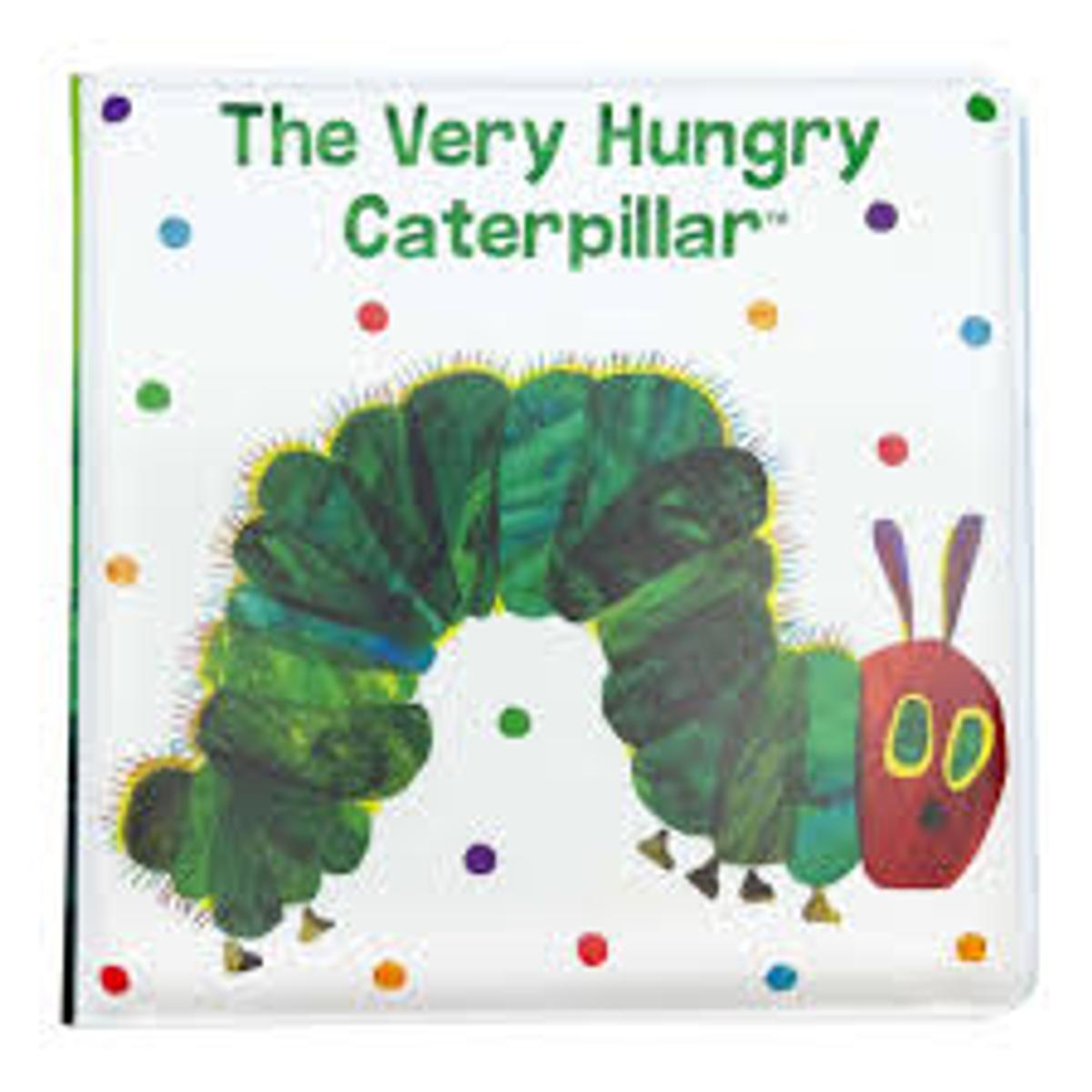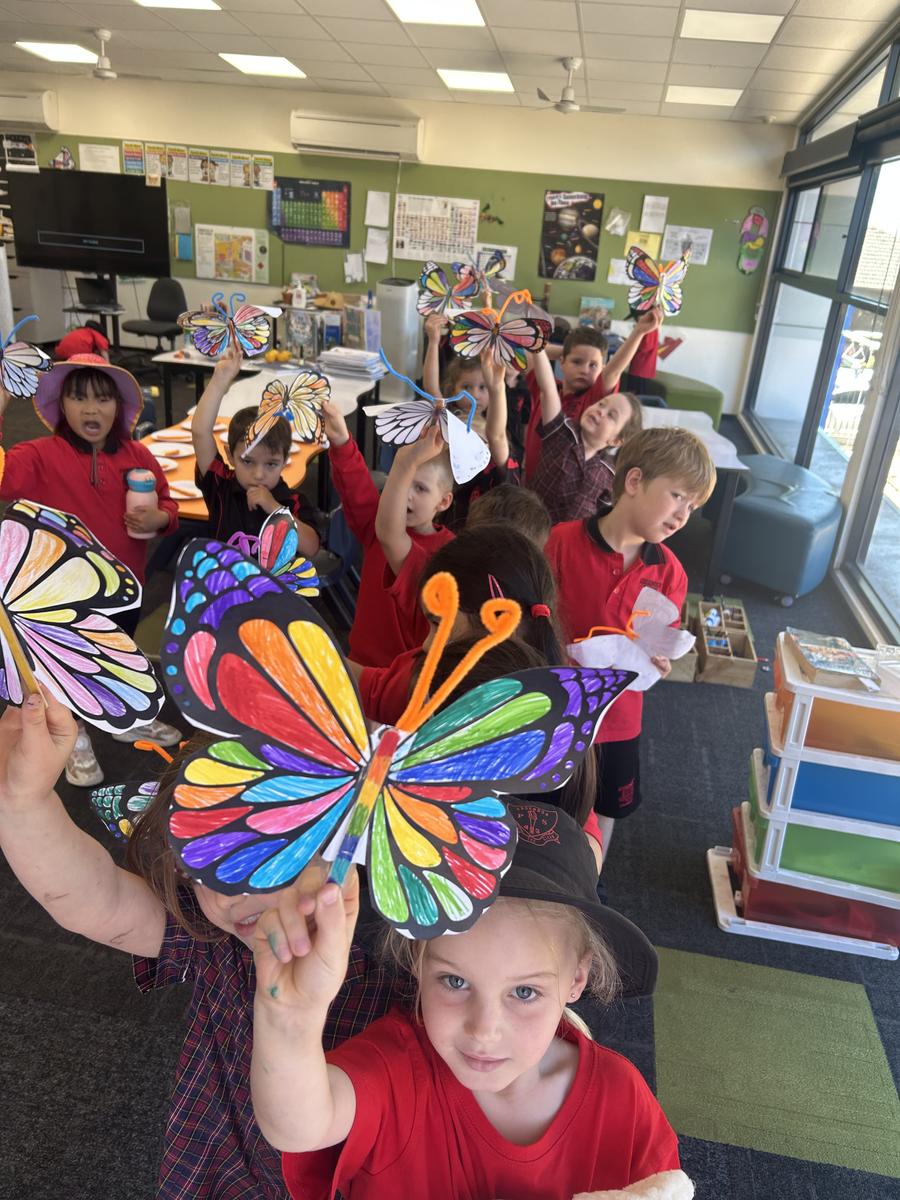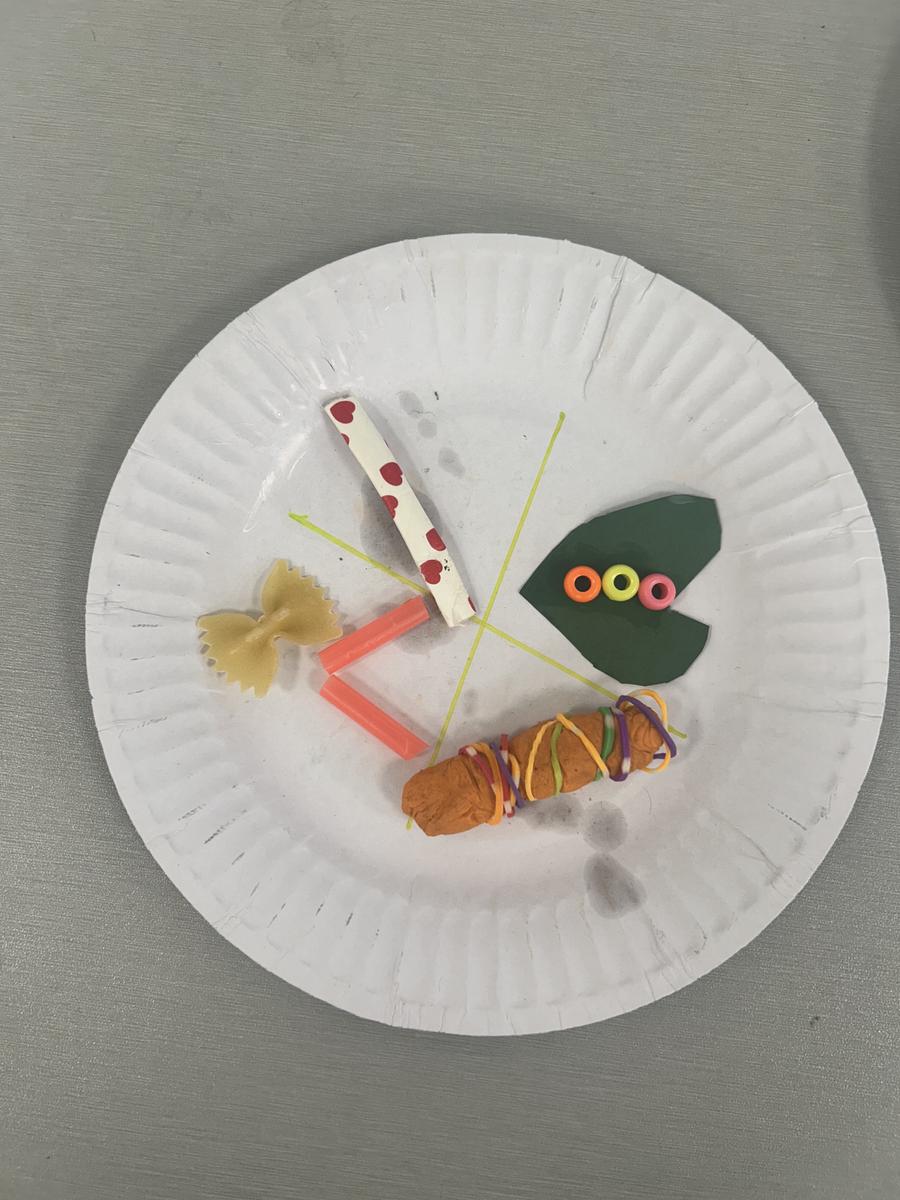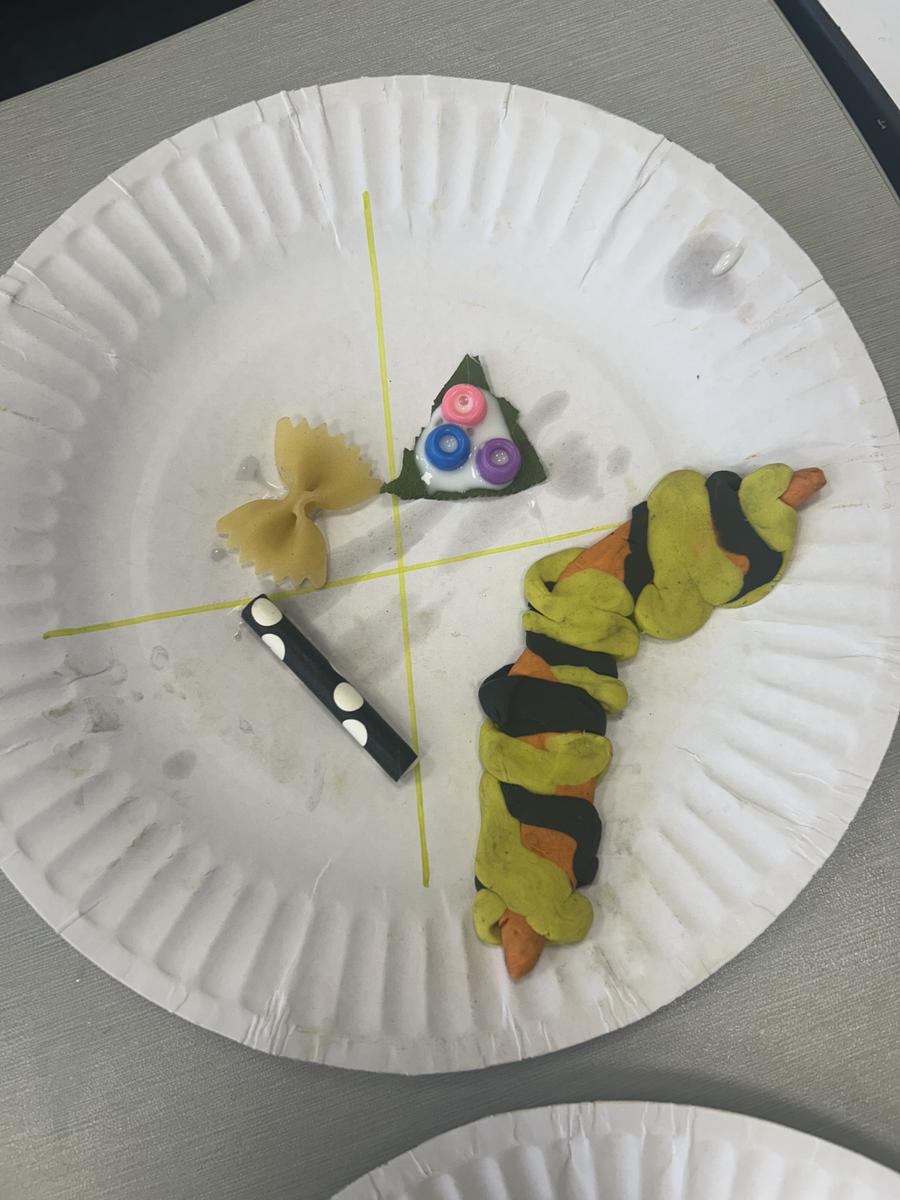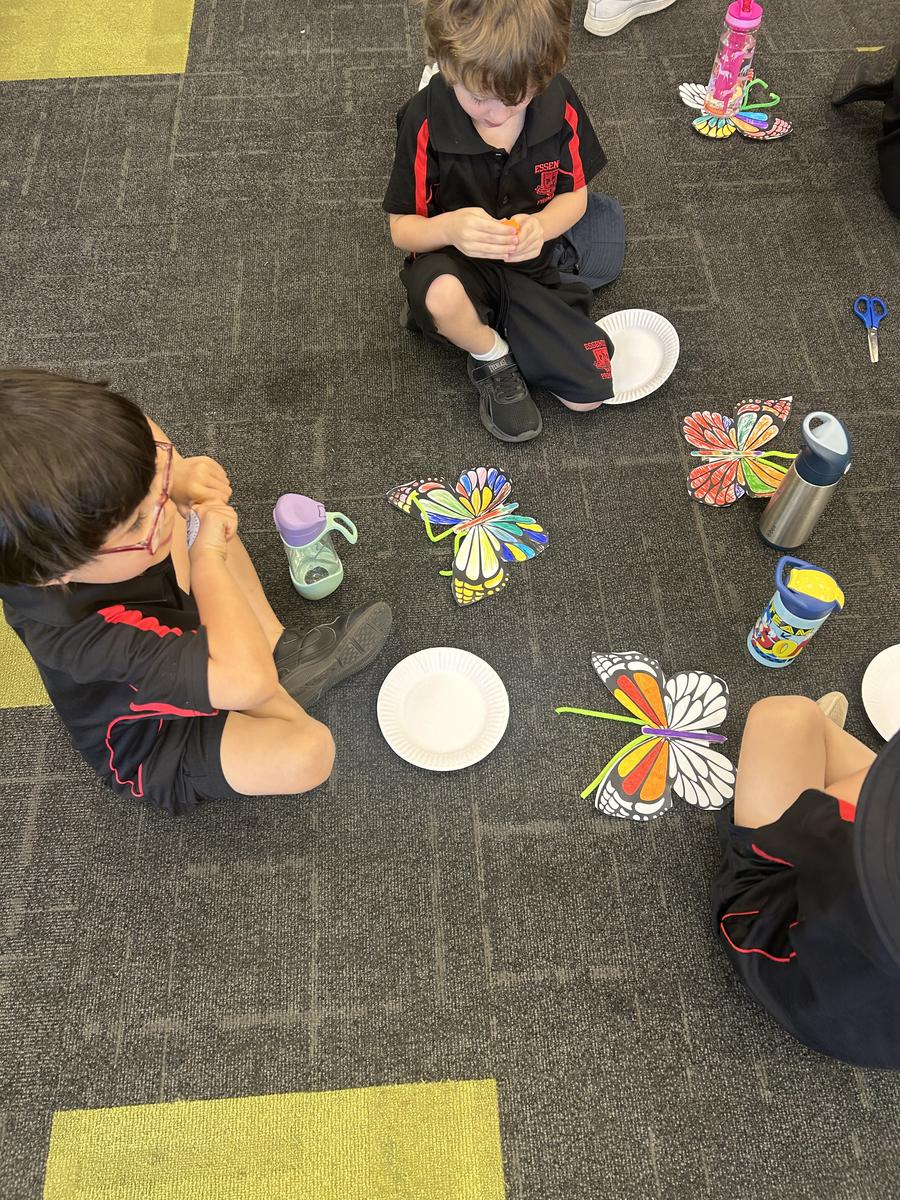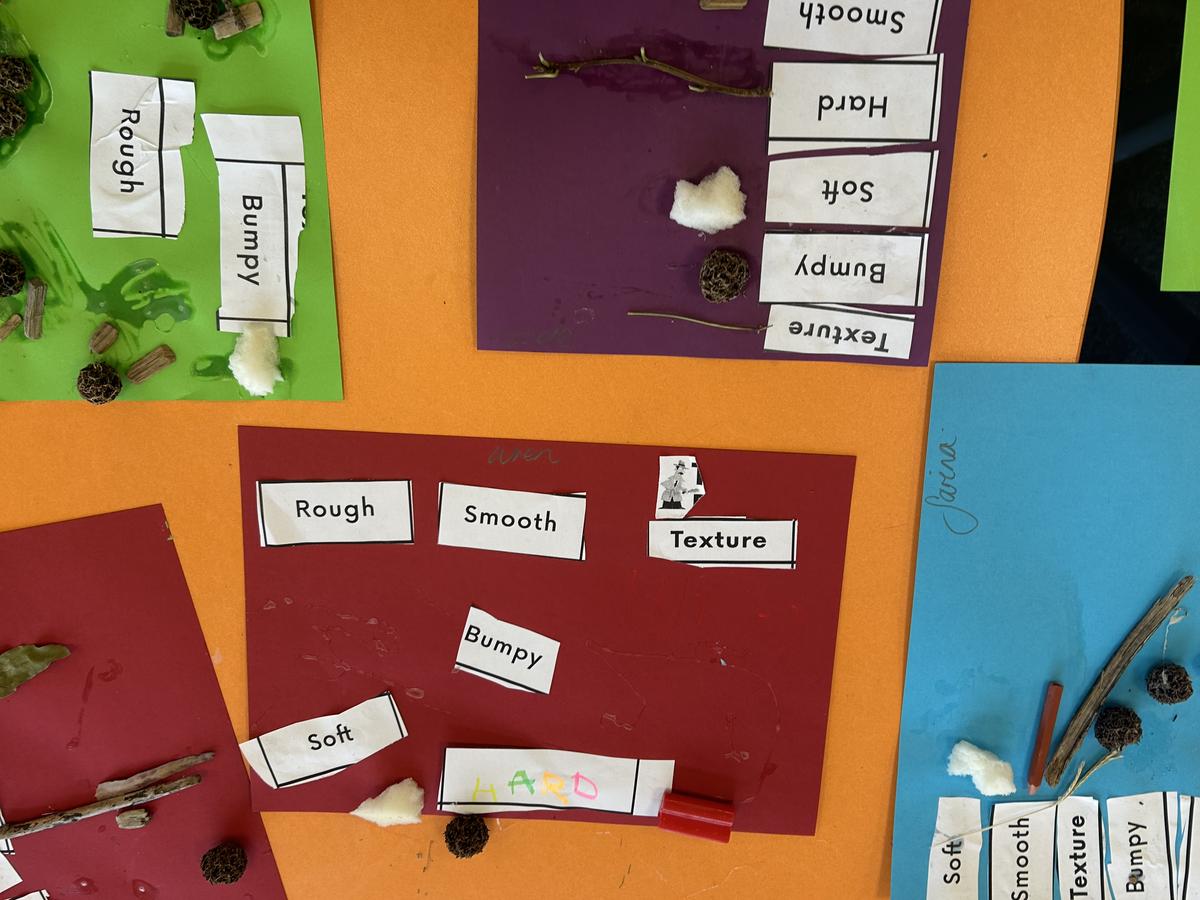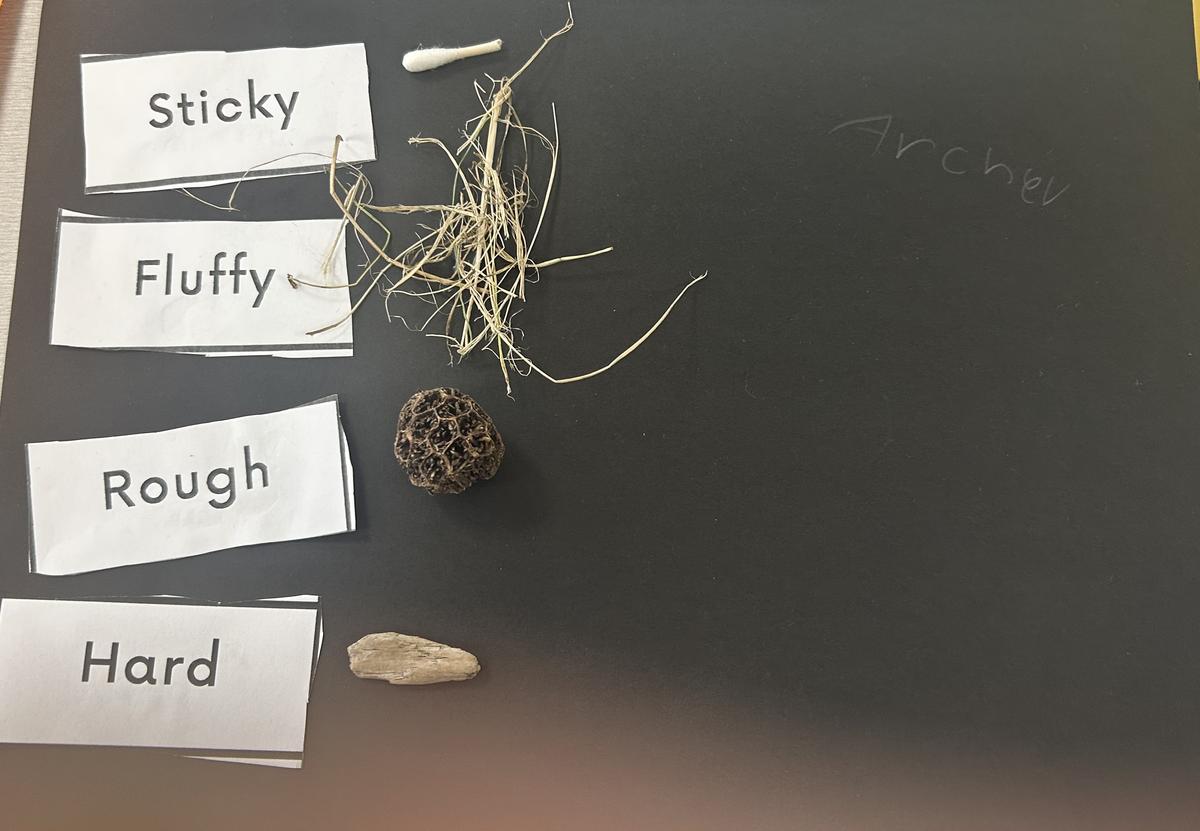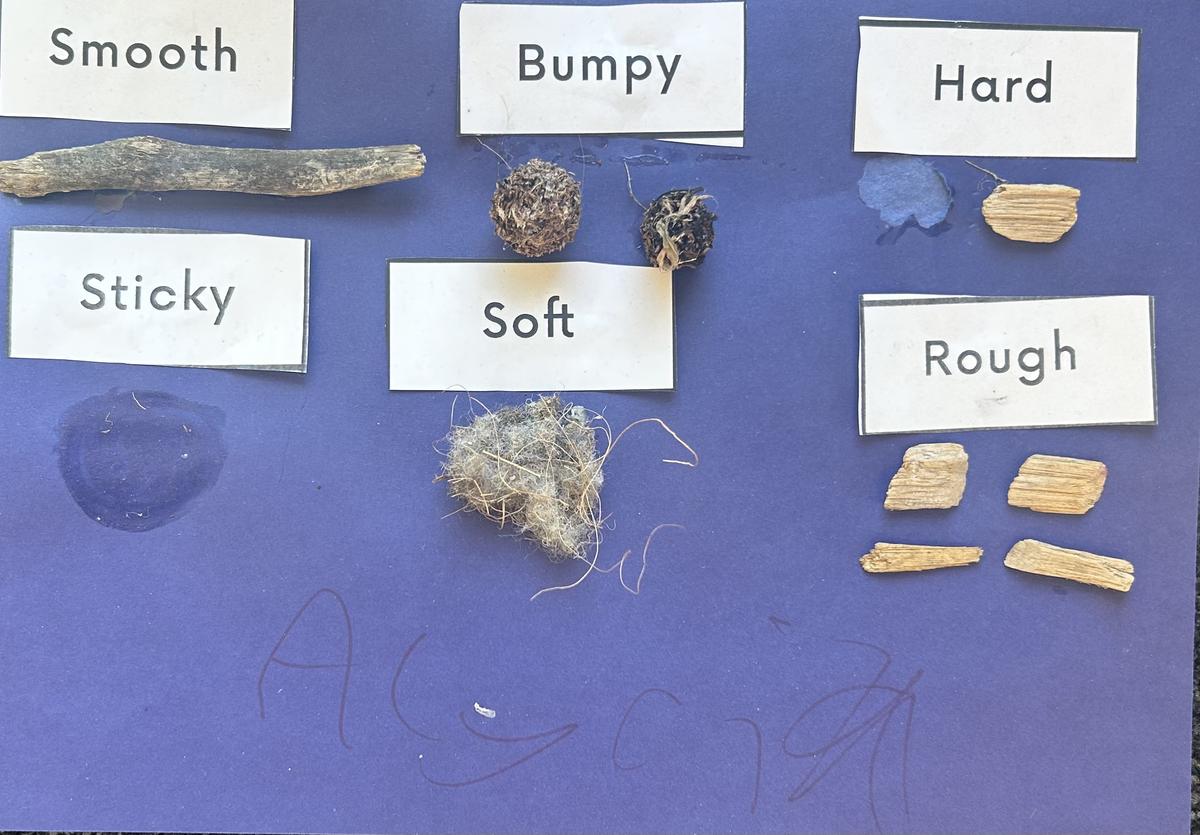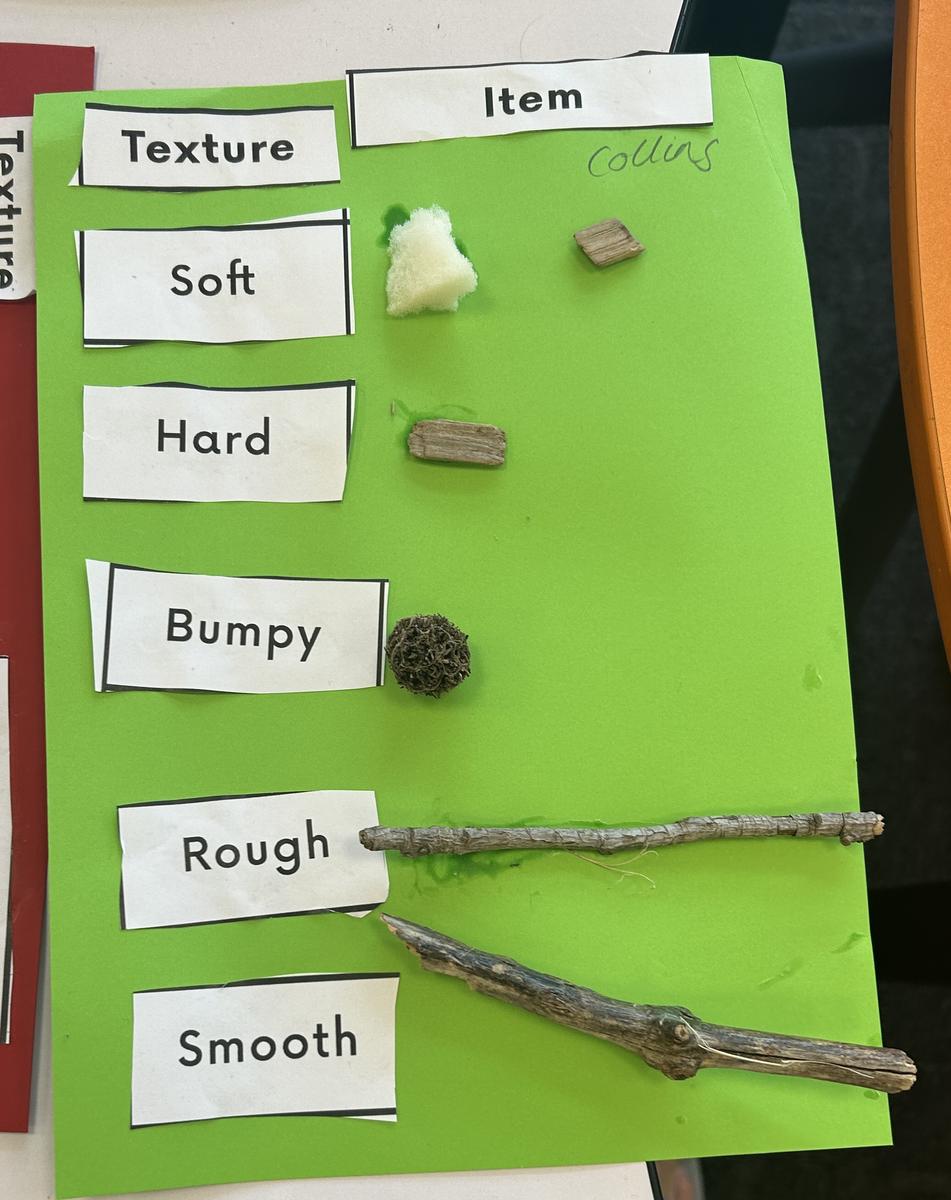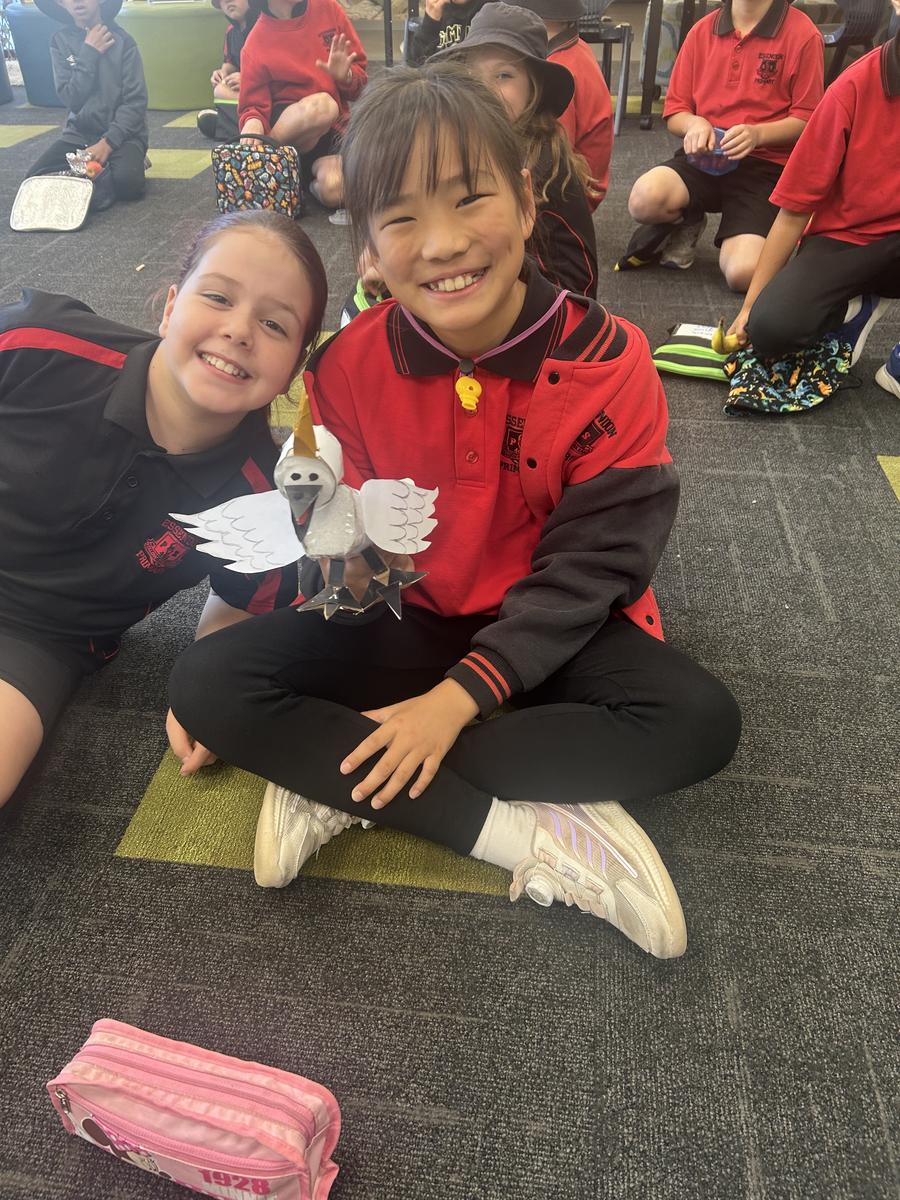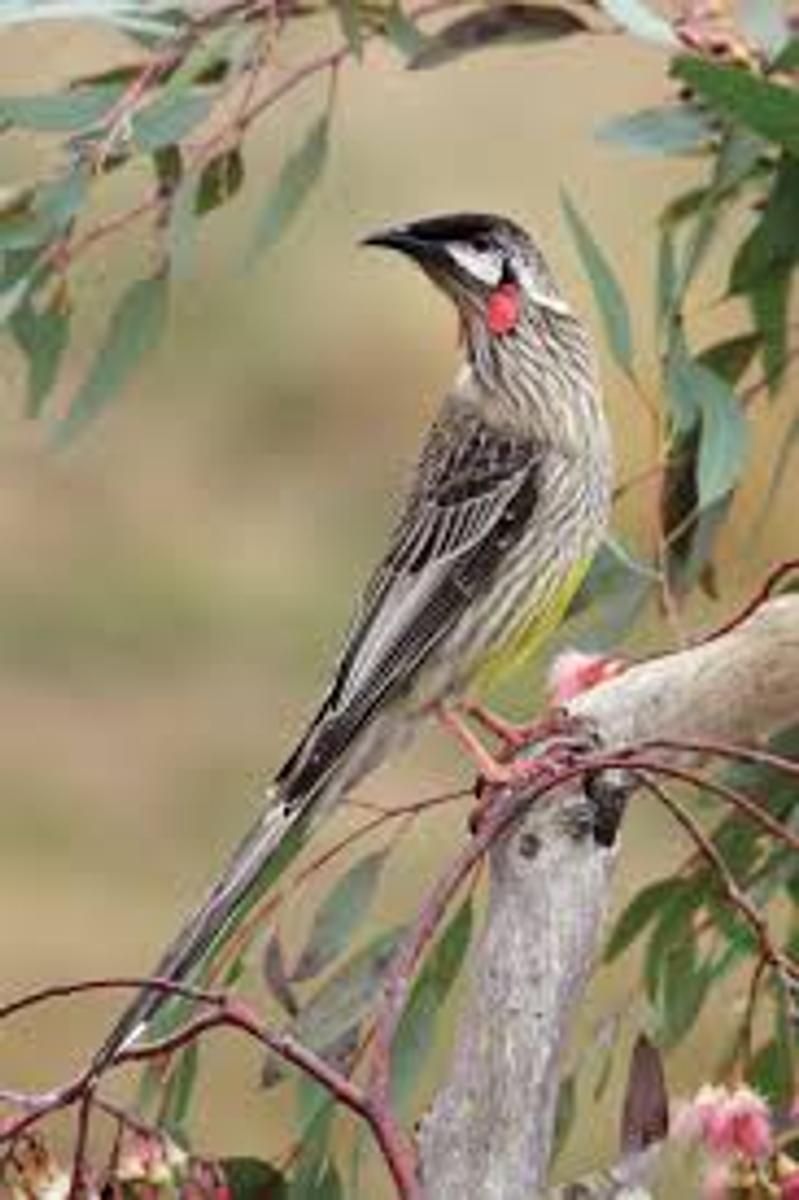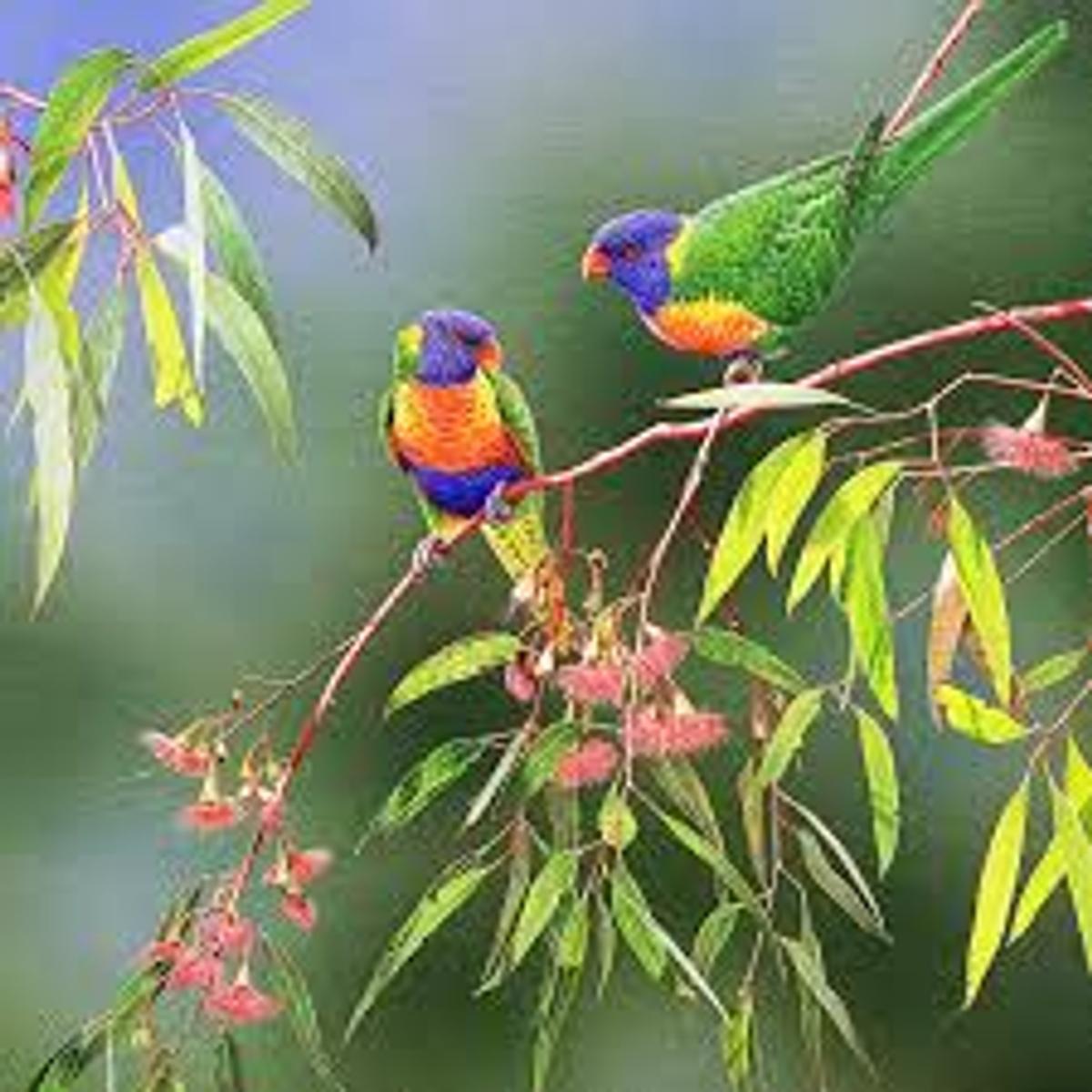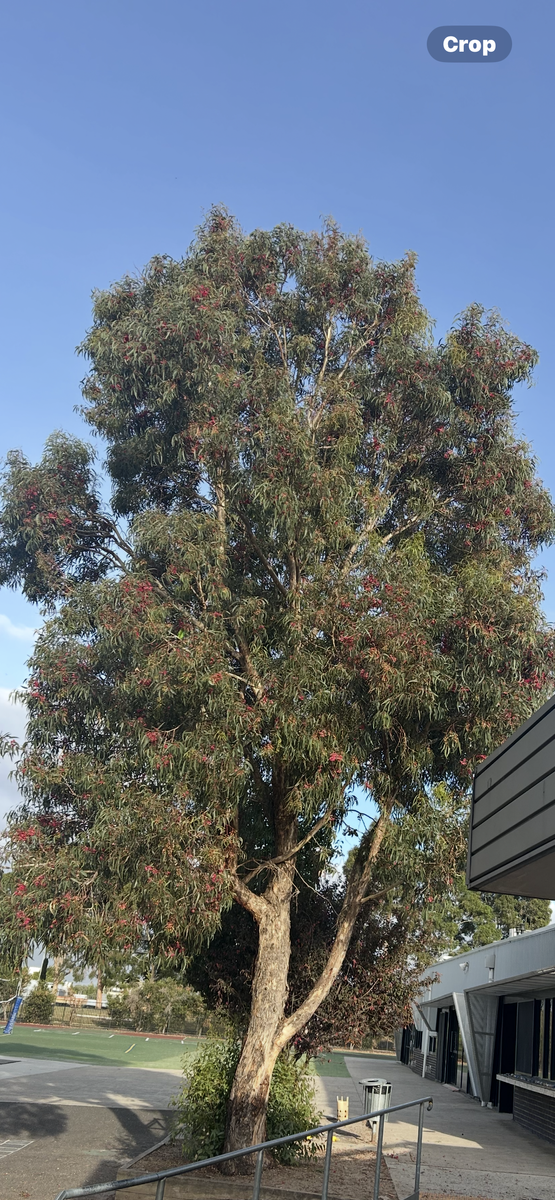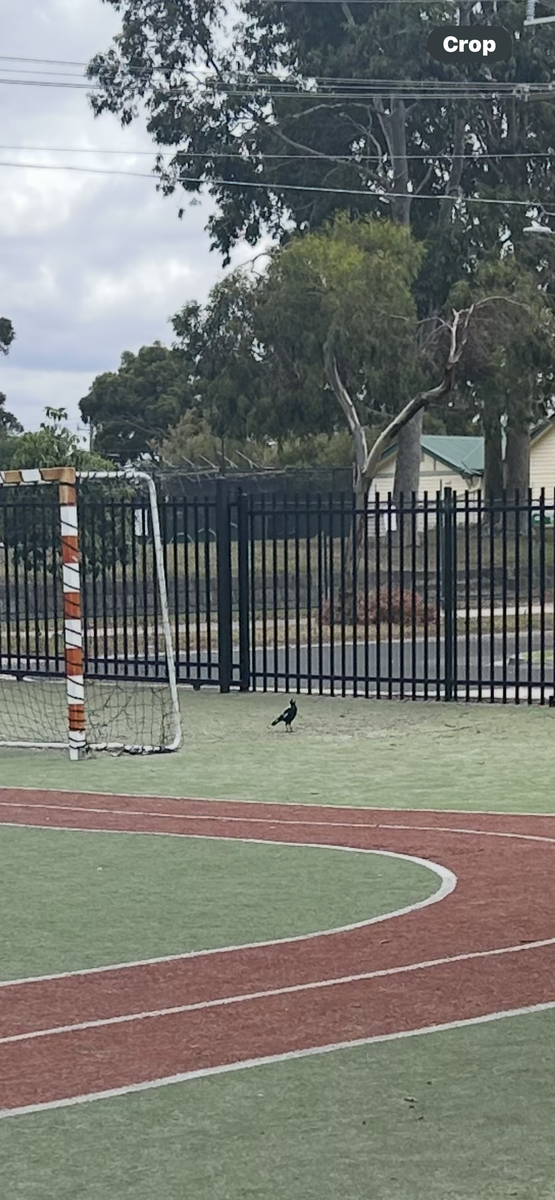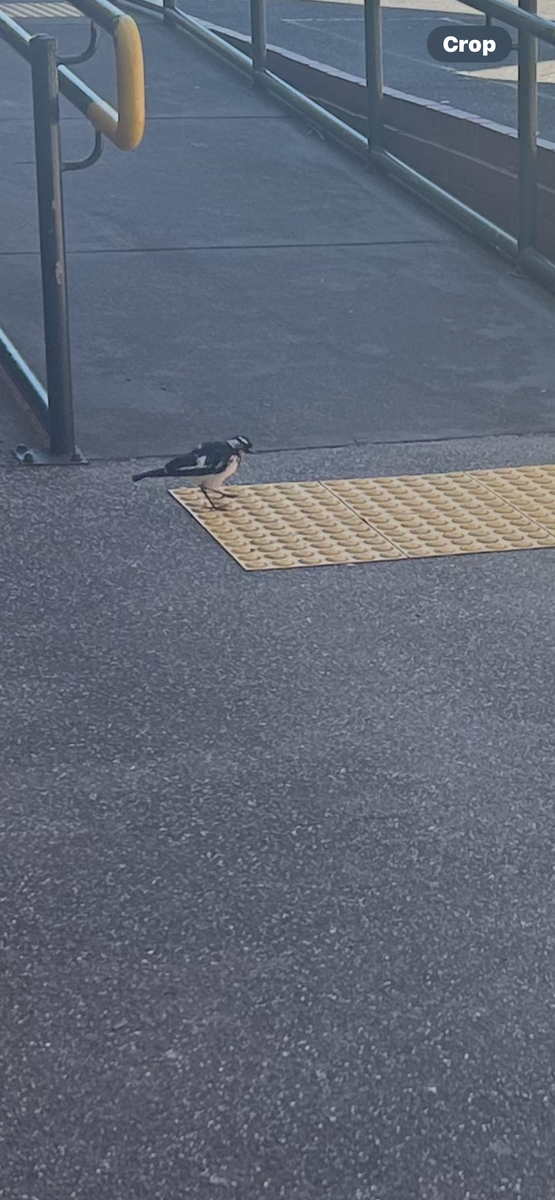Science News

Preps
Minibeasts and invertebrates make up the majority of life on this planet. Without them, we could not survive. Minibeast is the nickname used to describe all the 'little creatures' in the world. The Preps have been identifying the places where caterpillars and butterflies live and their needs. Butterflies are found in all kinds of habitats including desert, wetlands, grasslands, alpine regions and forests. We created a model of a butterfly and recorded our observations about their physical features. Students used their senses to observe the natural world. We asked questions and were curious to learn about the lifecycle of a butterfly and the journey of the caterpillar in this cycle. During our STEM lesson, students worked hard to complete a life cycle model.
Grades 1 & 2
Did you know that there are objects that can be made from more than one material? A material is what an object is made from. Students identified and named materials and grouped objects made of similar materials or combinations of materials. We created display boards of different objects, naming them and exploring language to describe their properties. Students made connections that a combination of materials can be found in the natural world and engineered in a variety of ways that can be used in housing, construction, and consumables that we use in our daily lives.
Grades 3 & 4
Students learned about how to bring back birds into our school gardens or backyards and studied urban habitats.
Australia-wide, populations of many of our small bird species are declining, Once common birds such as finches, fairy wrens, silvereyes and small honey eaters are becoming rare in some places. Birds have been used as indicators of grassland, wetland, meadow, rainforest and desert health, of environmental hazards and changes in other types of biodiversity.
Different birds adapt differently to urban habitats. Some do well and some don't do well. We investigated; What they eat? Where they live? Where they get their water? Where and how they nest? Students have started making their nests and eggs for their chosen backyard bird.
Grades 5 & 6
Students continued to wrap up their investigation of their chosen elements from the Periodic Table. The periodic table is a great springboard for educational experiments that are fun and often surprising. The elements of the Periodic Table include everything from the lightest gas to the most dense and heavy metal, Since many of them are found in everyday objects, students enjoyed finding experiments that are safe to do at school.
Below is an interactive Periodic Table you can click on.

